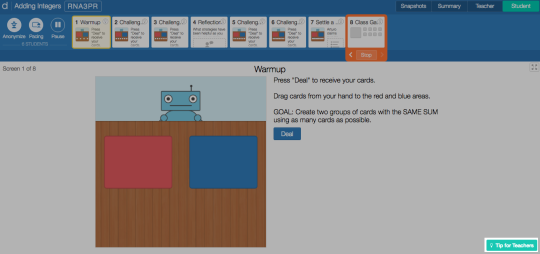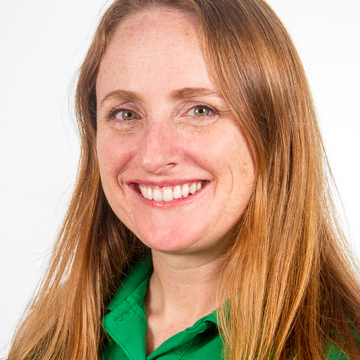Friday Fave for August 17
As Back-to-School season goes into full swing, the Friday Fave is thinking
about the work and planning that go into teaching a classroom lesson.
Interpreting national, state, or local standards and selecting instructional materials to address these standards are only the beginning. Then you have to adapt these materials and decide how to best use them with the particular students you have in your classroom. This is intellectually demanding, professional work.
Whether you’ve selected, adapted or created an activity at teacher.desmos.com, there are some important resources for supporting you in your planning. In particular there are Tips for Teachers, this week’s Friday Fave.
We design these activities to support you in orchestrating discussions and build on student thinking. But how to maximize the effectiveness of each activity may not always obvious by looking at the activity itself. Teacher tips are a critical part of planning when to pause and pace a class as well as anticipate student responses and plan where snapshots would be most effective.
If you’re creating or editing an activity, you can also create or edit Tips for Teachers in order to make notes to yourself about how to best facilitate each screen, anticipate possible student responses and plan questions in advance to support students who may need a nudge or to extend their thinking. You can also use this space to add notes to yourself for facilitating the lesson next school year.
You can access teacher tips in the preview of an activity’s landing page…

Or in the dashboard…

Or in the printable Teacher Guide.

However you get to them, Tips for Teachers are there to support your work. We hope they’ll be your Fave this week too.

